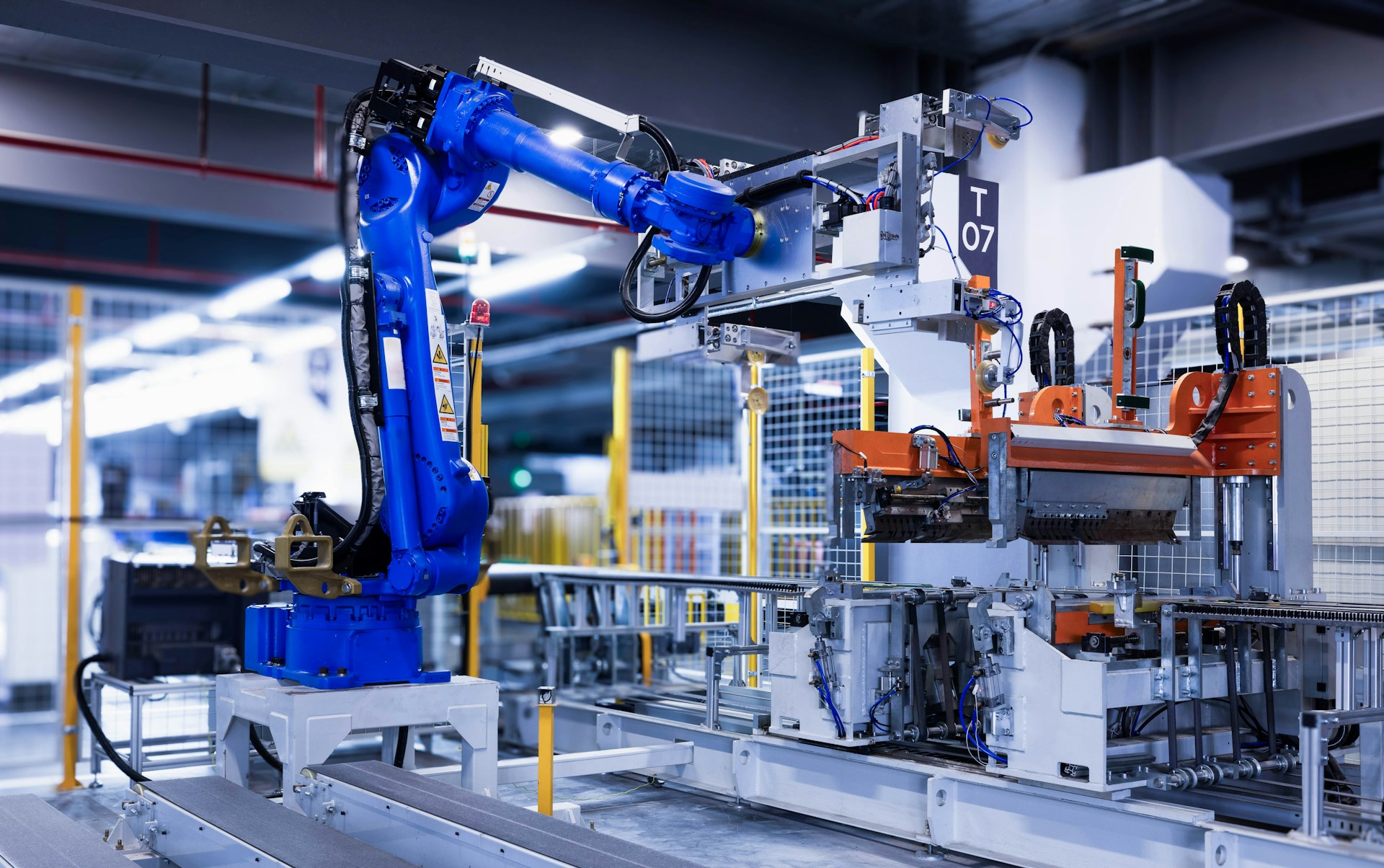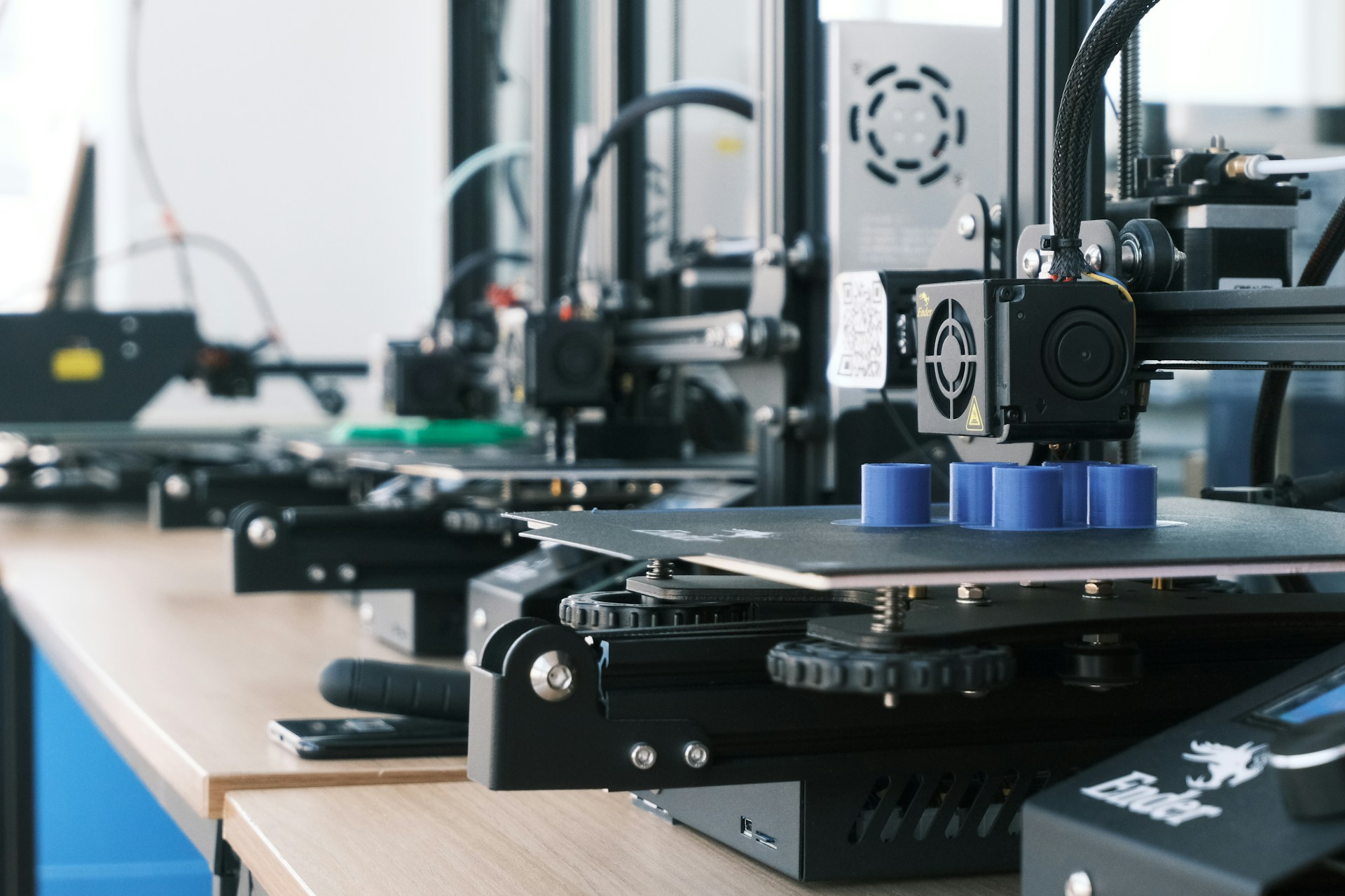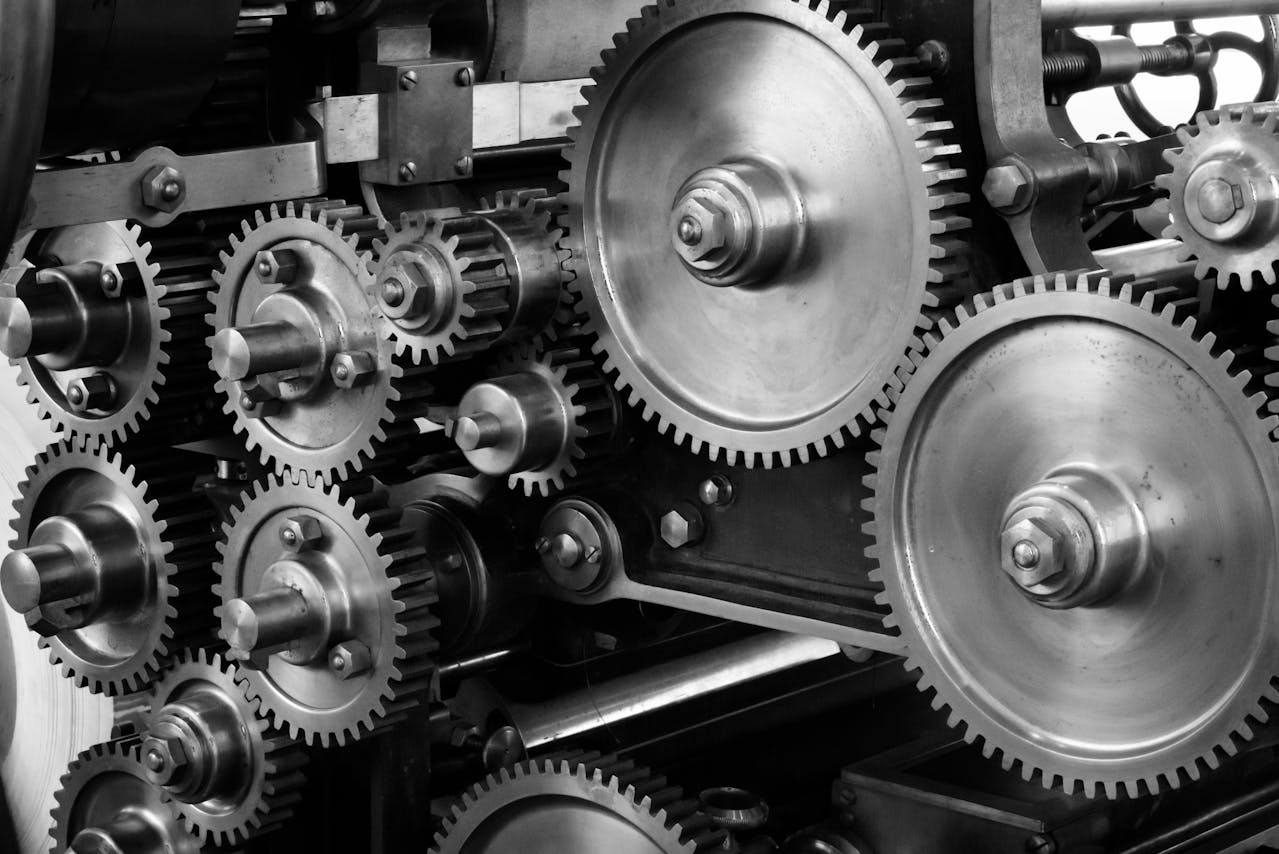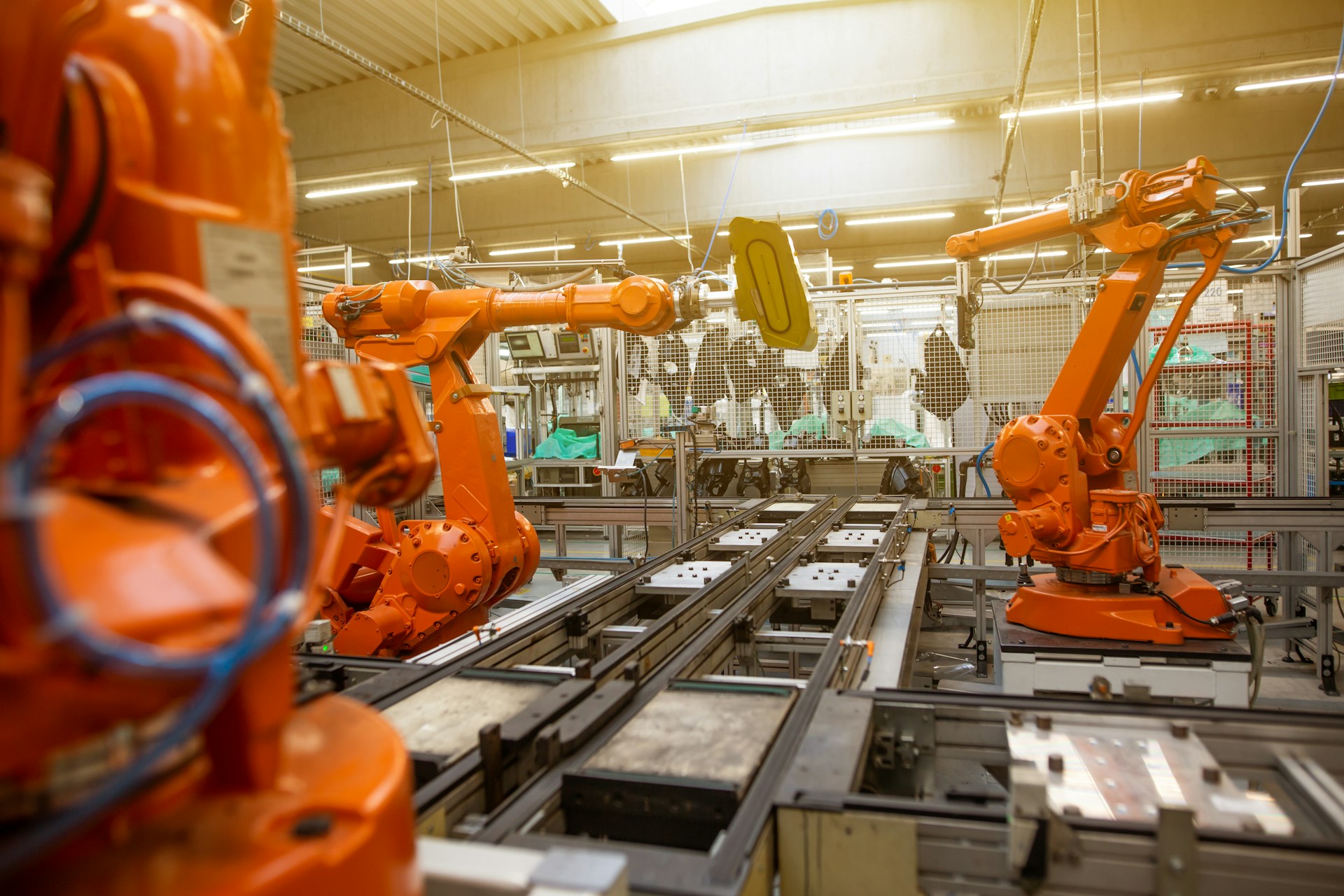Both resolvers and encoders serve the same purpose, position measurement, but the resolvers vs encoders comparison goes much deeper. Precision and accuracy in motor control systems is crucial in industrial automation, robotics, precision manufacturing and many other applications. The correct sensor ensures accurate position measurement and smooth operation of your motors and machinery. In this guide, we’ll break down the basics of resolvers and encoders, explore their differences, advantages and limitations to help you decide which technology fits your application best.

What Are Resolvers and Encoders?
Understanding what resolvers and encoders are is the first step to making an informed choice.
If you’ve ever wondered what resolvers are, think of them as ultra-reliable analogue devices designed for rugged environments. A resolver is an electromechanical sensor that measures angular position and velocity by converting shaft rotation into analogue sine and cosine signals. These analogue resolvers typically consist of a rotor and stator, using electromagnetic induction to detect motion. Common types include rotary resolvers, used for continuous rotation, and linear resolvers, which measure linear displacement.
On the other hand, encoders are electronic devices that convert motion into digital signals. They come in several types, including incremental encoders, which generate pulses to indicate motion, and absolute encoders, which provide a unique position value at any given time. These components use various technologies such as optical, magnetic, and capacitive encoders. If you’re still asking what encoders are, think seamless digital integration with high precision and high resolution.
Explore our wide range of Encoders, including Absolute and Incremental Encoders, plus top-quality Tamagawa Seiki Resolvers.
How Do Resolvers and Encoders Work?
Resolvers provide continuous analogue signals, sine and cosine waves, that correspond to the rotor position. These signals require complex signal processing to convert into digital position data that your motion control system can use.
Encoders, by contrast, output clear digital signals, pulses or binary codes, directly representing position or movement. This digital nature simplifies integration with modern controllers and servo motor encoders.
Knowing the differences in encoder output and signal types helps in selecting the right sensor for your precision motion control needs.
Advantages and Limitations of Resolvers
Resolvers are renowned for their robustness and reliability, making them ideal for harsh environments with extreme temperatures or contamination. They excel as hazardous area encoders, operating reliably where electronics in encoders might fail.
Advantages:
- High durability and longevity
- Can withstand temperatures exceeding 200°C
- Resistant to dust, moisture, shock, and EMI/RFI noise
- Provide absolute position data, no need to reinitialise after power loss
- Suitable for demanding industrial automation environments
Limitations:
- Lower maximum resolution (typically up to 18 bits) than encoders
- Larger and heavier than many encoder types
- Require additional hardware for complex signal processing
- Limited maximum speed (~20,000 rpm)
Advantages and Limitations of Encoders
Encoders offer excellent accuracy and high resolution, making them a top choice in applications requiring precise control. Their compact size and digital output simplify installation and integration.
Advantages:
- Extremely high resolution and repeatability
- A variety of encoder types to suit different needs: optical encoders, magnetic encoders, capacitive encoders
- Digital output interfaces compatible with modern motion control systems
- Available encoder accessories and options, like Ethernet protocol encoders for advanced connectivity
Limitations:
- Sensitivity to dust, dirt, oils, and other contaminants
- Operating temperature limits are usually between -40°C to 120°C
- Electrical noise can interfere with encoder signals over long cable runs
- Optical encoders can be fragile and susceptible to damage
Key Considerations
This side-by-side view of each component type helps highlight what’s most important for your application.
| Feature | Resolvers | Encoders |
| Technology | Analogue sine/cosine signals | Digital pulses or codes |
| Resolution | Up to ~18 bits | Up to 24+ bits |
| Accuracy | Good (±30 arc-seconds typical) | Excellent (down to arc-seconds) |
| Robustness | Extremely robust, high temp tolerant | More sensitive, needs protection |
| Speed Capability | Up to ~20,000 rpm | Up to 100,000+ rpm |
| Signal Processing | Requires additional hardware | Plug-and-play digital output |
| Applications | Harsh environments, heavy industry | Precision motion, robotics, electronics |
| Cost | Moderate to high | Wide range, from economical to premium |
Other key considerations can be specific to your application’s environment, required precision, speed, and ease of integration. For example, if you need high durability and absolute position in tough conditions, resolvers are ideal. For ultra-high precision and digital interfacing, encoders often lead.
Emerging Technologies and Trends
The sensor industry is evolving with non-contact encoders, frameless resolvers, and advanced ethernet protocol encoders, enhancing performance and integration flexibility.
New products like the new HS35IQ encoder showcase improvements in durability as well as precision and accuracy, and connectivity, offering more options for industrial users.
Troubleshooting and Support
Understanding the characteristics of resolvers and encoders helps diagnose common issues, such as signal interference or misalignment. For example, troubleshooting encoder signal issues would often involve checking cable shielding and connections, while resolvers might require calibration of their conversion hardware. Our experts are ready to assist with application-specific guidance and recommend the perfect sensor solution for your needs.
Final Thoughts and Next Steps
Choosing between resolvers vs encoders depends on your precision motion control requirements, environmental conditions, and integration preferences. Both technologies play vital roles in modern motion control systems.
Explore our full range of Encoders and Resolvers to find the perfect fit for your application.
Still undecided about your decision? Contact us for expert advice.



